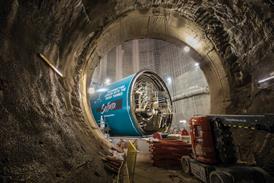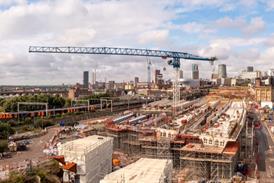- News

All the latest updates on building safety reformRegulations latest
- Focus
- Comment
- Programmes
- CPD
- Building the Future
- Jobs
- Data
- Subscribe
- Events

2024 events calendar
Explore now
Building Awards
Keep up to date
- Building Boardroom
Compliance in pole position: the parallels between procurement and Formula 1
By Simon Toplass 2025-02-24T09:18:00

Success in both is all about the right strategy, the greatest efficiency and complete compliance with the latest regulations, says Simon Toplass, group chief executive at Pagabo and a motor racing fan
At first glance, construction procurement and Formula 1 may appear to be worlds apart. One centres around the acquisition of services or materials for building projects, while the other is a high-speed, high-stakes sport.
Dig a little deeper, however, and you will find striking similarities between the two – with both focusing on adherence to regulations and finding the “formula” to get the very best out of rules while ensuring all-important compliance.
Already registered? Login here
To continue enjoying Building.co.uk, sign up for free guest access
Existing subscriber? LOGIN
Stay at the forefront of thought leadership with news and analysis from award-winning journalists. Enjoy company features, CEO interviews, architectural reviews, technical project know-how and the latest innovations.
- Limited access to building.co.uk
- Breaking industry news as it happens
- Breaking, daily and weekly e-newsletters
Get your free guest access SIGN UP TODAY

Subscribe now for unlimited access
Subscribe to Building today and you will benefit from:
- Unlimited access to all stories including expert analysis and comment from industry leaders
- Our league tables, cost models and economics data
- Our online archive of over 10,000 articles
- Building magazine digital editions
- Building magazine print editions
- Printed/digital supplements
Subscribe now for unlimited access.
View our subscription options and join our community

















